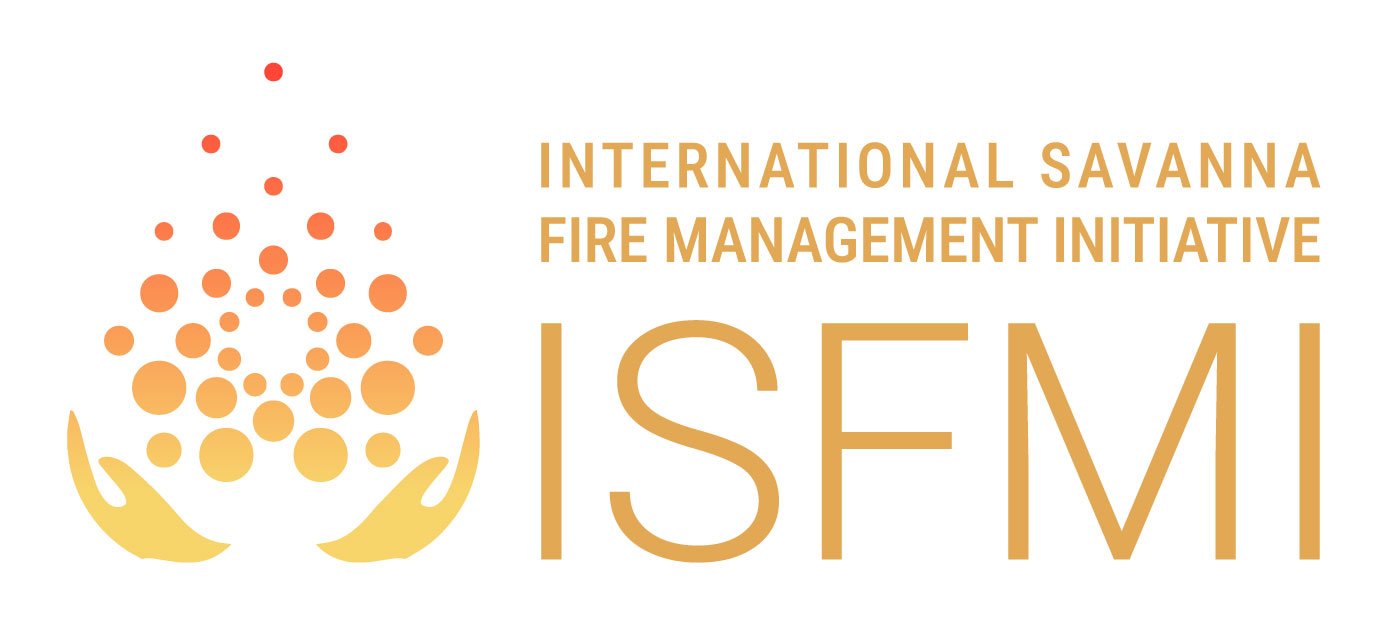Facts & Figures
- Fire and Climate
Indigenous Fire Management in numbers.
How much does savanna fire contribute to total global GHG emissions?
Based on the data available from the Global Fire Emissions Database GFED4, and as set out in the ISFMI Feasibility Study, between 1997 and 2014:
Gross emissions from fires globally were approximately 8 Gt CO2-eq per year.
Net emissions from fire were approximately 2 Gt CO2-eq per year*.
During the 1997-2014 period, CH4 and N2O accounted for 0.7 Gt CO2-eq. of the net emissions from fire per year. This was addition to CO2 emissions from certain sources, such as deforestation and tropical peatlands, that were a net source of 1.3 Gt CO2-eq per year.
Fires from grassland, savanna and scrubland accounted for a combined figure, taking into account only CH4 and N2O emissions, of 0.31 Gt CO2-eq per year. This corresponds to approximately 60% of N2O and 35% of global CH4 emissions from fire sources annually.
Based on these figures together with 2014 emissions figures of 52.7 Gt CO2-eq from all sources, net emissions from fire represented approximately 3.8% of annual GHG emissions.
*The difference between the gross and net emissions is due to CO2 emissions from most fires being balanced by regrowth over longer time scales. However, methane (CH4) and nitrous oxide (N2O) emissions remain in the atmosphere for far longer periods, contributing to net emissions from fire.
Charts based on figures from GFED 4 as published in ISFMI. 2015. The Global Potential of Indigenous Fire Management. Findings of the Regional Feasibility Assessments, as well as the 2015 Emissions Gap Report.
Which regions contribute the most to global emissions from savanna fire?
Savanna fire emissions are predominantly sourced from Africa, which contributed approximately 71% of all savanna CO2 emissions in the 1997-2014 period. This was followed by South America (12%), Australia (7.3%) and South East and Equatorial Asia (5.9%). Other regions - including Central America, temperate North America, Boreal Asia, Europe and Central Asia - also make small contributions to the total emissions from savanna.
The figures below, produced and published by GFED4, visually highlight the regional contribution to global fire emissions, fuel consumption and burned fraction in the 1997-2014 period globally.
Charts and figures based on data from GFED 4 as published in ISFMI. 2015. The Global Potential of Indigenous Fire Management. Findings of the Regional Feasibility Assessments.
What is the global emissions saving potential of Indigenous Fire Management?
Grassland, savanna and scrubland make up approximately one sixth of the earth’s landmass. A significant proportion of these areas are held under various forms of Indigenous land tenure or management.
The northern Australian experience indicates Indigenous fire management can result in emissions reductions of between 30-50% as compared to the status quo, with additional savings expected as a result of carbon sequestration. As of 2022, the northern Australian projects covered significant tracts of northern Australia, as shown in the Savanna Burning and Emissions Reductions Fund Rights and Project maps below.
The total emissions potential of Indigenous fire management is a function of the total land suitable for Indigenous fire management and the real implementation potential, keeping in mind implementation challenges and barriers. These challenges notwithstanding, the ISFMI Feasibility study finds that the annual emission reductions potential from reducing CH4and N2O emissions could be expected to be in the vicinity of 0.1 to 0.15 Gt CO2 -eq per year, with additional savings from carbon sequestration.
A recent article published in Nature Communications further suggests that global opportunities for emissions reductions potentials through early dry season burning are apparent for 37 countries including: 29 countries in Africa (69.1 MtCO2-e yr−1), six countries in South America (13.3MtCO2-eyr−1), and Australia and Papua New Guinea (6.9MtCO2-eyr−1).
Kija Rangers undertaking burning, Kimberley Region of northern Australia




